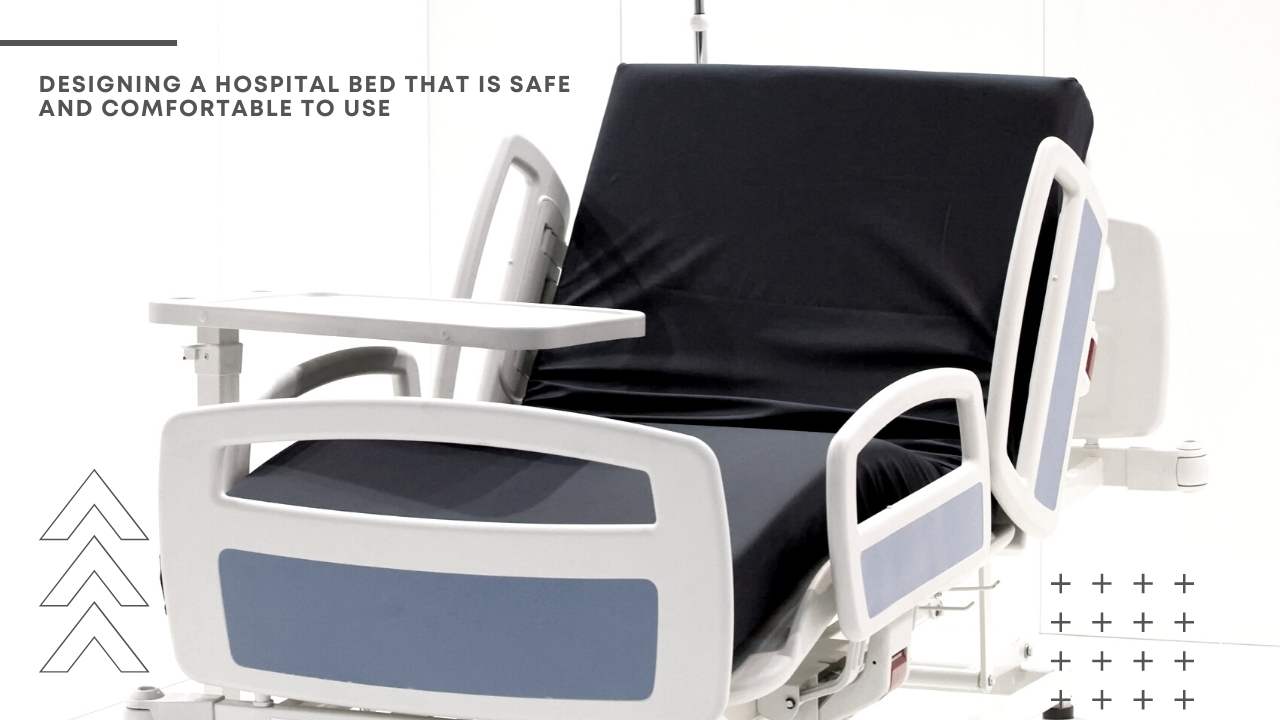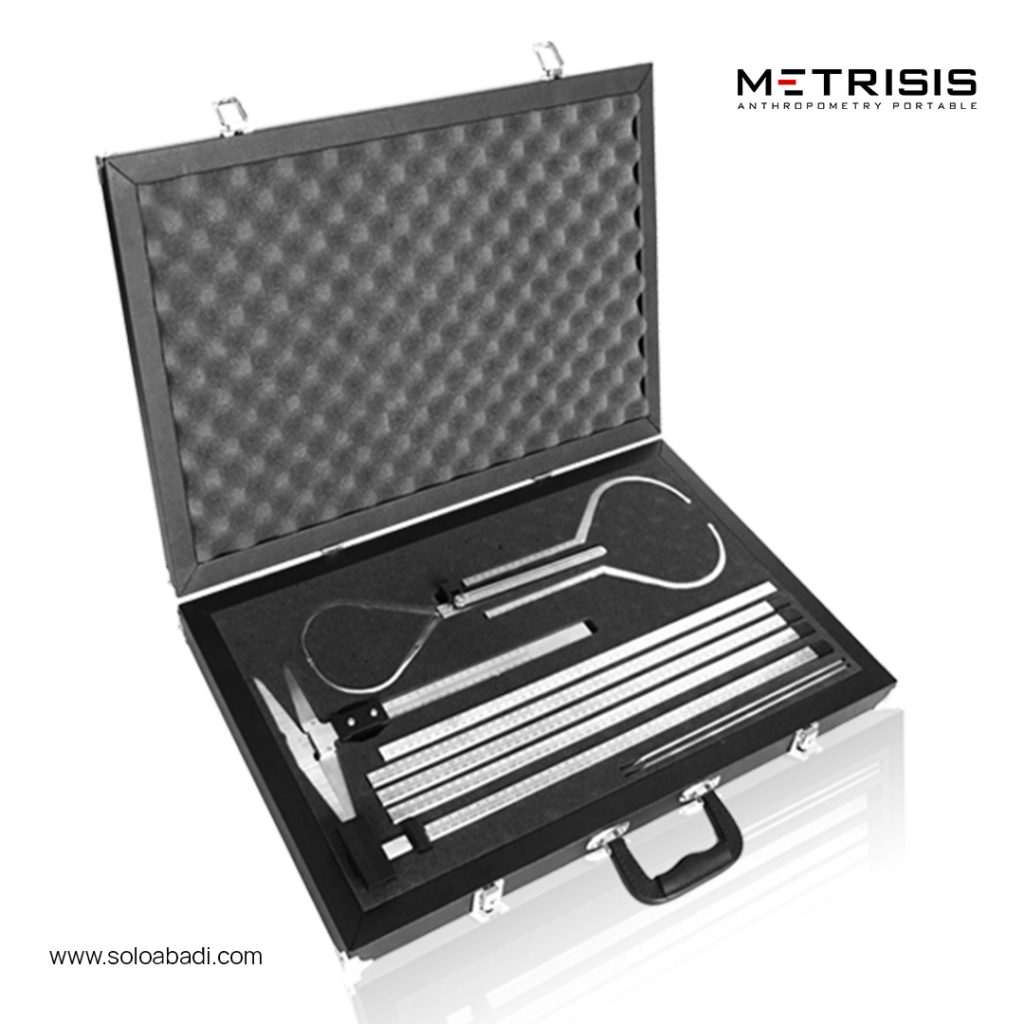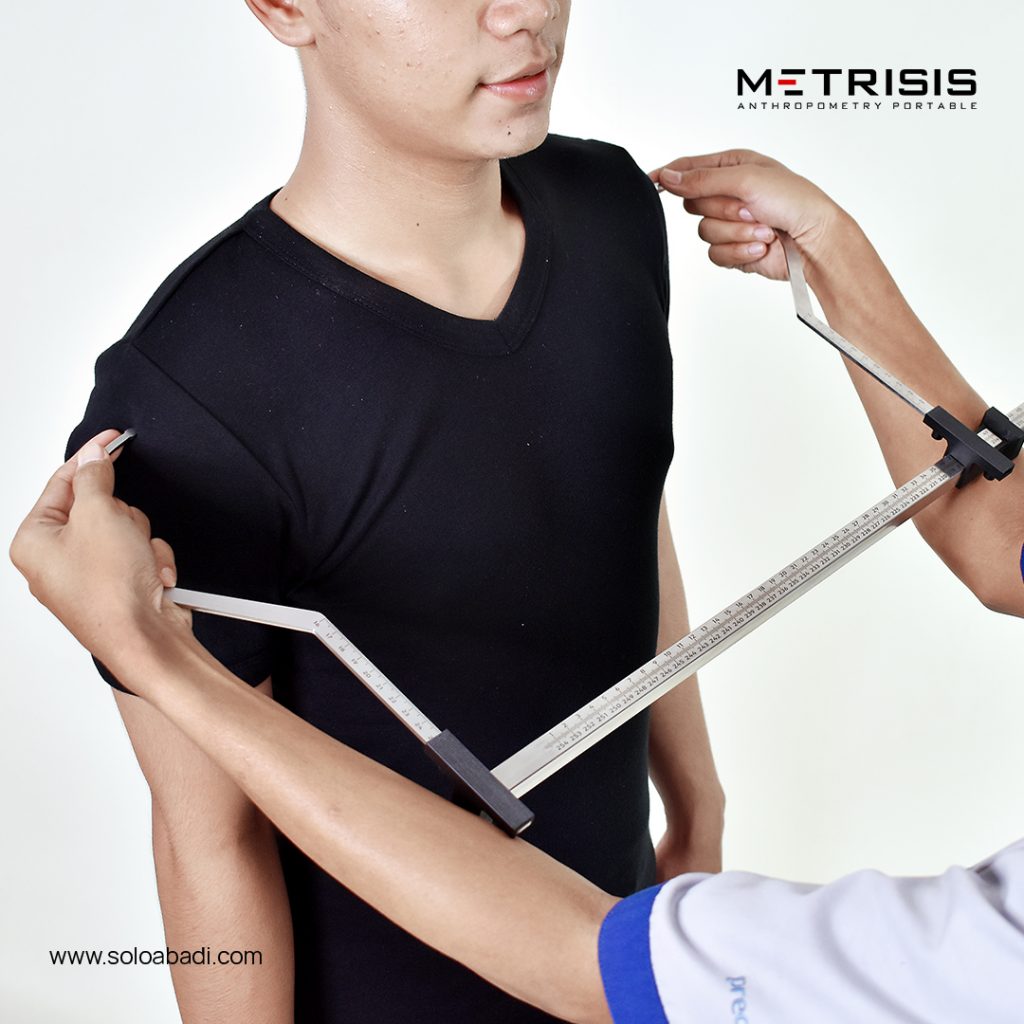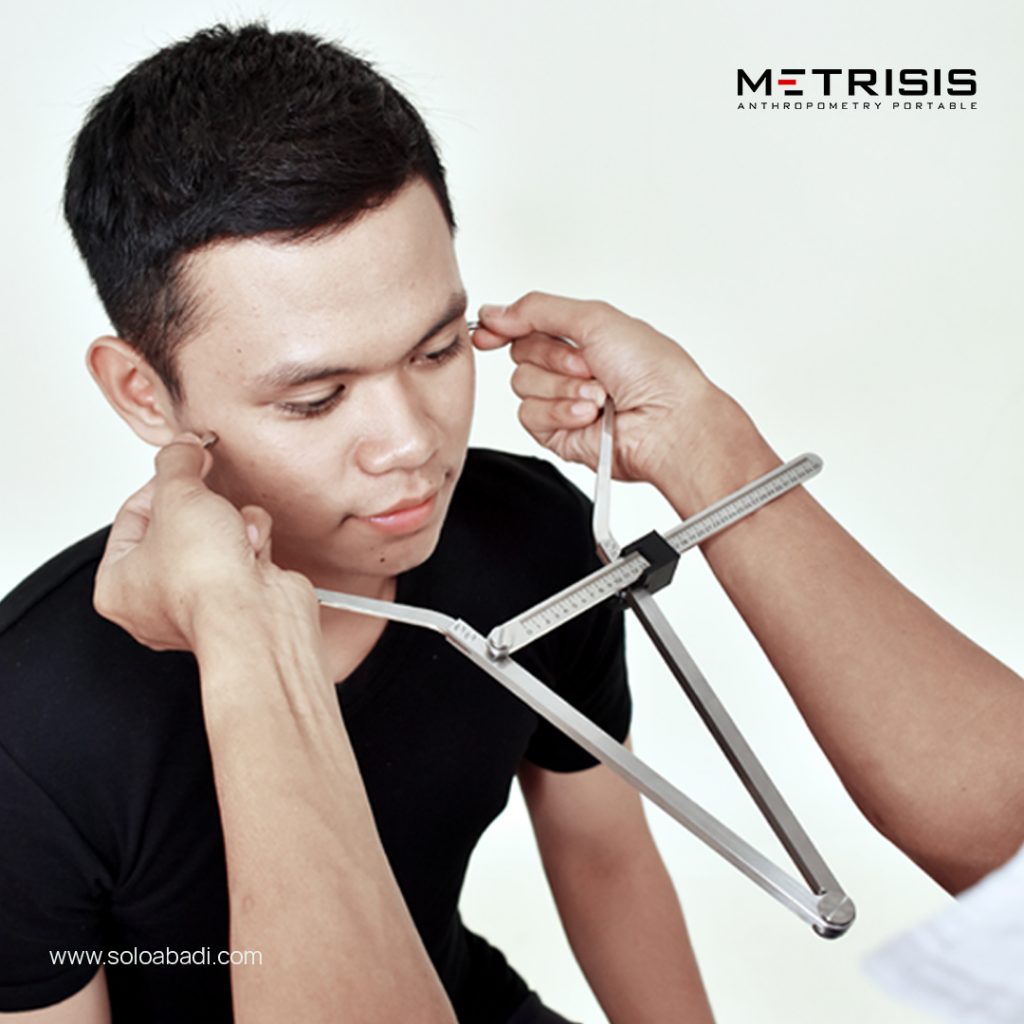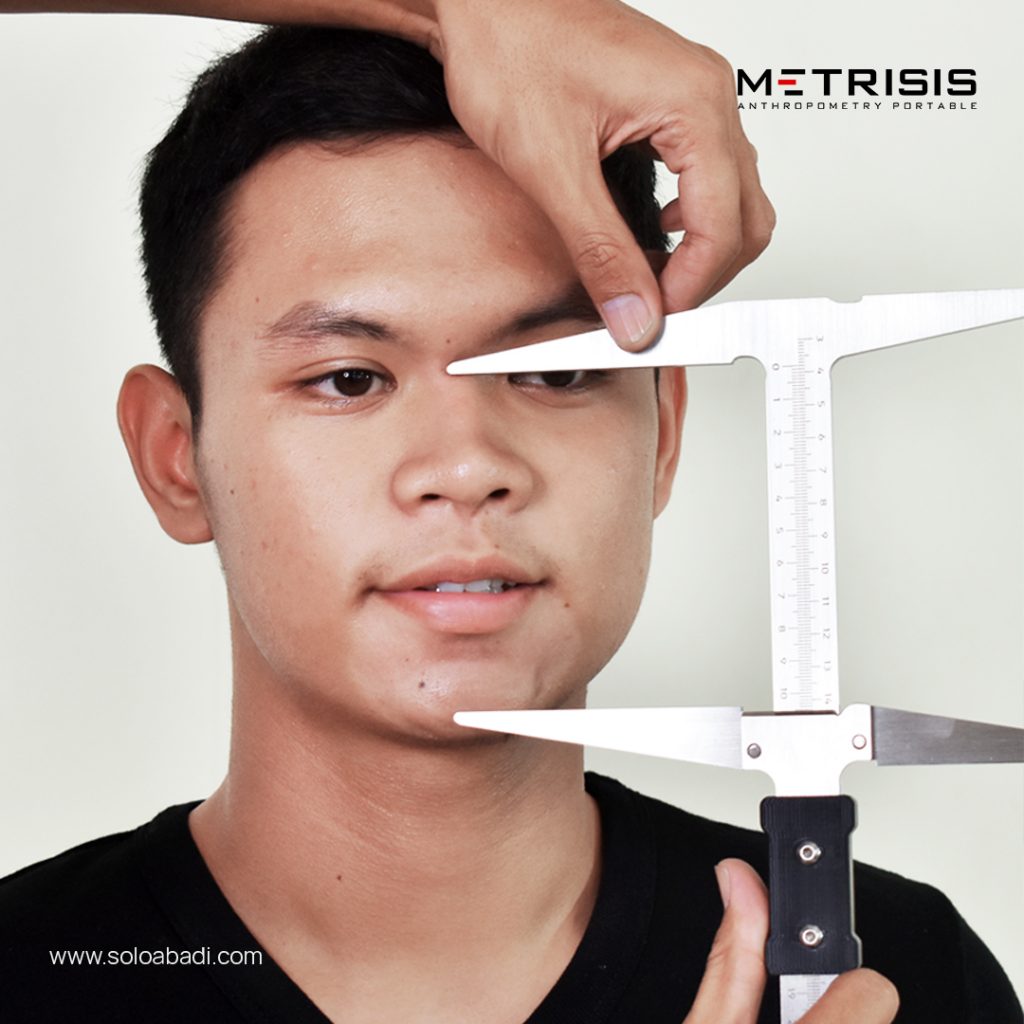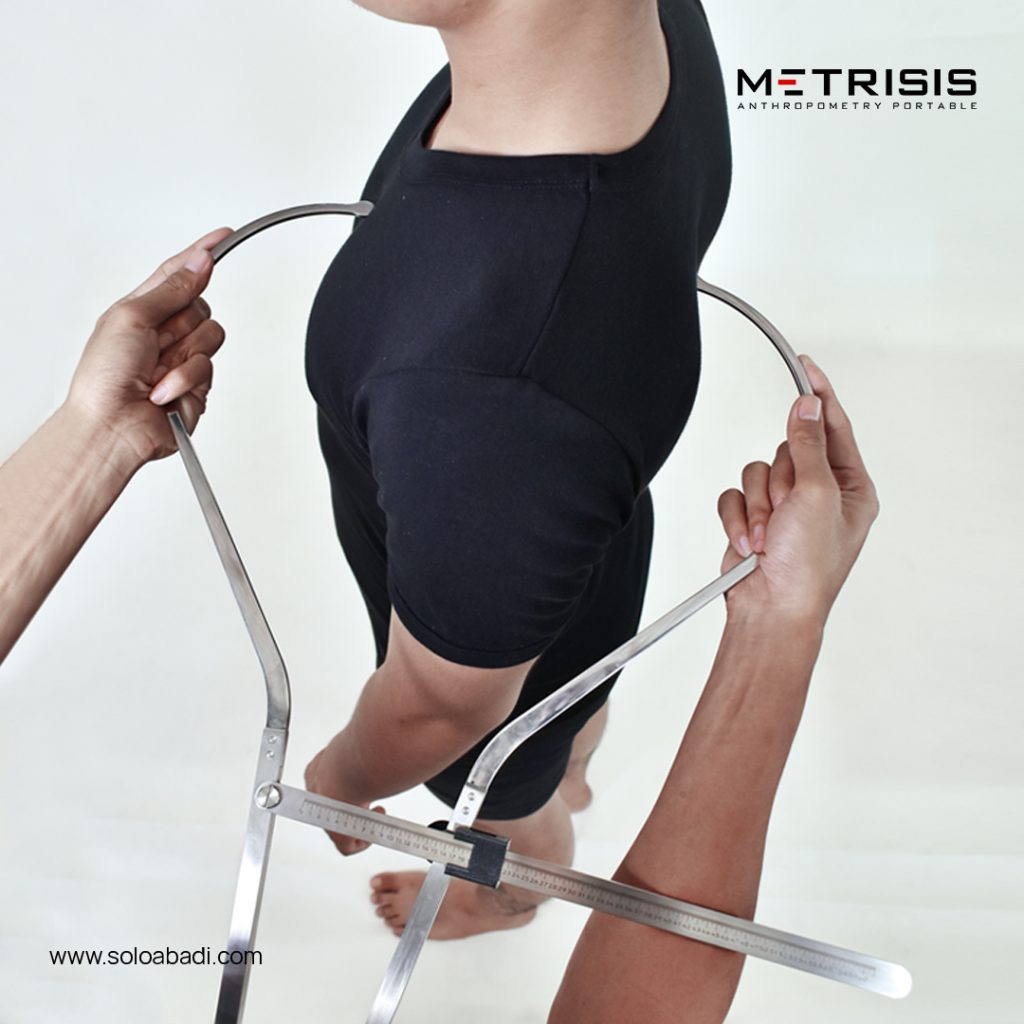Hospital bed, is crucial equipment used by hospitals for the needs of patients in inpatient or other purposes. Hospital bed itself is one of the equipment that serves to provide comfort to the patient. Why is that? Beds have a very essential role in the needs of medical devices in Indonesia. Hospital beds must be designed with a different design from ordinary beds.
One of the main things that must be considered, especially regarding the comfort level of hospital beds, is the Ergonomics aspect. Ergonomics is an important thing that is applied in various fields. For example work space, public facilities to the military field. One area that requires ergonomics is the health sector, especially in the design of hospital beds.

Seven Risks If the Hospital Bed Design Is Not Good
The wrong design can create big problems when used by the patient. The most frequent accidents are in the design of the fence section of the hospital bed so that it is classified into 7 zones.

The following are seven zones that are prone to accidents if the design of the hospital bed is not good:
- Entrapment within rail
- Entrapment between top of compressed mattress to bottomof rail, between rail and supports
- Entrapment in horizontal space between rail and mattress
- Entrapment between top of compressed mattress and bottom of rail at end of rail
- Entrapment between split rails
- Entrapment between rail end and edge of head/foot board
- Entrapment between head or foot board and mattress
Things to consider in designing a Hospital Bed
Things that need to be considered in designing Hospital Beds so that patients are comfortable when using them are the length of the bed, the width of the bed, the angle of inclination at the head, the height of the bed and also the dimensions of the guardrail.
Measurable Body Size in Designing Hospital Bed
There is body measurements are measured to make the Hospital Bed more ergonomic:
1. Standing body height
This body size is used to obtain the ideal bed length so that it is not too long or short when used.
2. Shoulder height
Shoulder height was used as a measure of the folds of the hospital bed.
3. Waist height
Waist height is used as a measure of folds as well as shoulder height
4. Shoulder width
The dimensions of the body that are measured later are shoulder width. Shoulder width is used as a reference in determining the width of the bed.
5. Stomach thickness
Stomach thickness is used to measure the height of the guardrail in order to minimize the risk of the patient falling out of bed.
6. Weight
Body weight is also measured to determine how strong the structure must be designed.
So, those are 6 body sizes to consider in making a comfortable hospital bed. The design of a safe and comfortable hospital bed can also make it easier for nurses and doctors to treat their patients.
Instruments That Can Be Used To Measure The 6 Measurements Above
1. Anthropometric Chair
The anthropometry Chair is a chair that is used as assistance in measuring 34 dimensions of the human body. The Anthropometry Chair makes it easy for us to take measurements with the highest level of precision. Besides, measures can be divided into three classifications: standing position, sitting position, and measurement of the face area.
2. Metrisis – Antropometri Portable
Anthropometric Portable is an anthropometric measuring tool used for the measurement of the human body. The function of this tool is to carry out anthropometric measurements that are carried out carefully and prioritize the accuracy of the data. This instrument offers measurement capabilities of up to 100 measurements. In addition, its portable form makes this tool can be used unlimited time and done anywhere.
How To Get The Two Products Above?
For those of you who are interested in owning an anthropometric chair, you can visit our website at www.soloabadi.com, as well as through Whatsapp and our social media (Instagram, Facebook). You can also visit our workshop directly on Jalan Slamet Raya, Tawangsari RT. 01 RW 34, Mojosongo, Jebres, Surakarta. Until we meet again, warm regards, Solo Abadi.

